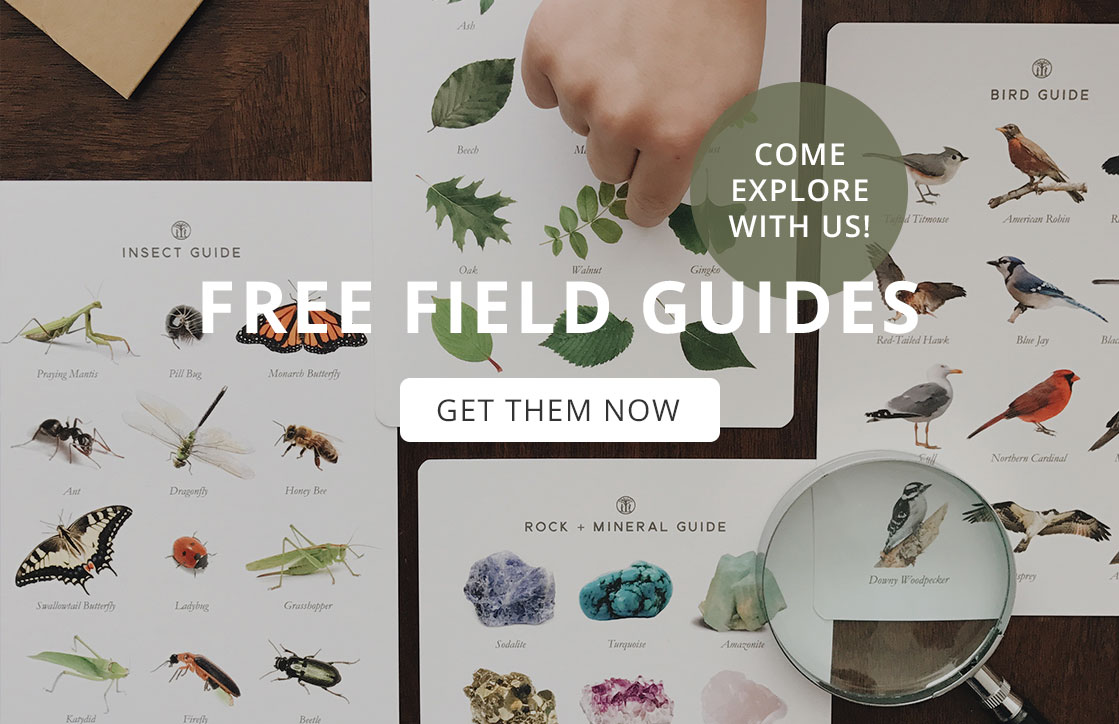Designing Spaces for Children: Texture

“Space speaks to us. Long corridors whisper ‘run’ to a child; picket fences invite us to trail our hands along the slats. Physical objects have emotional messages of warmth, pleasure, solemnity, fear; action messages of come close, touch me, or stay away.“ -Jim Greenman
Children explore their surroundings with all of their senses. From the moment of birth, touch is an essential component to communication. Texture is appreciated almost always by touch yet it can also have a strong visual presence. We each experience texture differently so it is important to include a variety of textures when creating spaces for children. The aim should be to create a multi-sensory setting with many different materials. Materials that are rough and smooth, warm and cold, wet and dry, hard and soft, and so on.

Furnishings like pillows, rugs, and textiles are soft and promote a feeling of security and belonging. Including plants, wood, and other natural materials adds complexity and intrigue, especially when used in unconventional ways.
Baskets provide wonderful texture. Using them to store materials, such as books, is an attractive way to organize that adds both dimension and warmth to your space.

Curious how to display the many treasures children find outside in nature? On this shelf, moss is placed on top of a mirror while bundles of pine needles lay on a large felt circle. When materials are displayed in an inviting way, children are encouraged to explore their properties. This supports the development of observational skills where children can begin to differentiate, categorize, and classify.

There are also countless sensory experiences that encourage exploration of texture…

What materials are you, or your children, most drawn to? Where is texture visible in your space?
